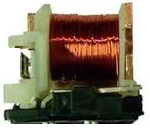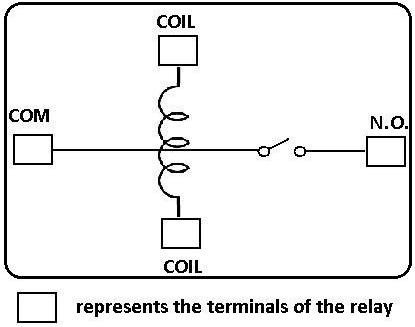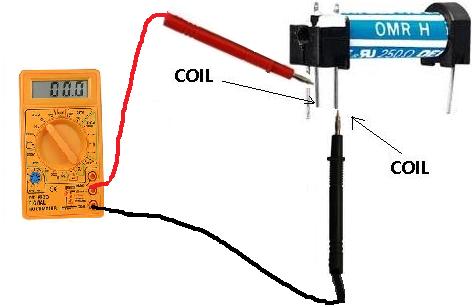How to Test the Coil of a Relay

Many times you may suspect a relay's coil is bad.
In order to check to see if the relay's coil is good or bad, one of the best methods is to check its resistance.
A relay coil's resistance should always come with the datasheet of the relay. Relay resistances may be 320Ω, 900Ω, or any of the various resistances. Its resistance tolerance should also be stated. For example, 320Ω ± 10%. Therefore, the resistance should be anywhere between 288Ω to 352Ω.
You check the relay coil's resistance by taking a multimeter and placing it on the ohmmeter (Ω) setting and placing the probe leads of the multimeter on the 2 terminals of the relay's coil. It doesn't matter which probe is placed on which terminal. Resistance isn't polarized.
For example, this is the diagram of a Single Pole Single Throw (SPST) Relay:

This translates into:

If you read a value about the rated coil resistance, the coil works and should function
correctly. If you read a very low resistance and very high resistance, the coil is either shorted or
is open. In this case, since coils normally are not repaired, you must simply replace the relay.
Related Resources
